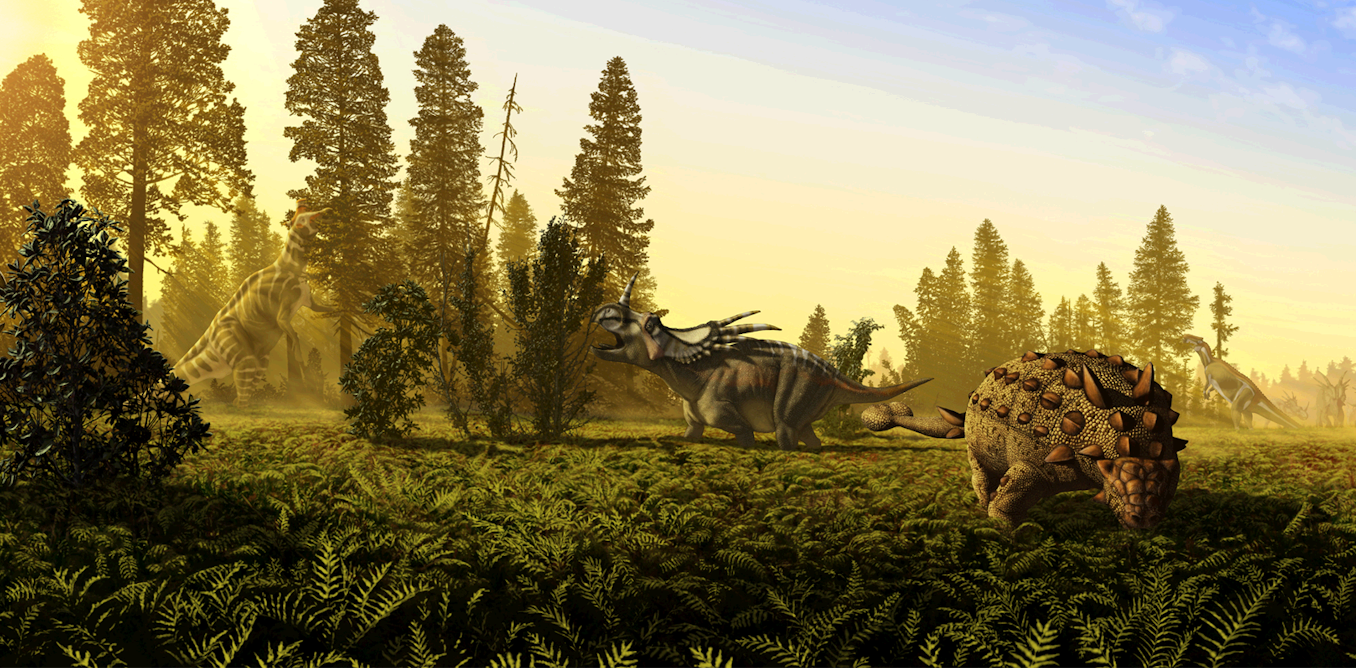Ancient fossils show how the last mass extinction forever scrambled the ocean’s biodiversity
Not everything dies in a mass extinction. Sea life recovered in different and surprising ways after the asteroid strike 66 million years ago. Ancient fossils recorded it all.
June 10, 2025 • ~10 min





